Fungal Infection in Dogs: Causes, Symptoms, Treatments, and Prevention
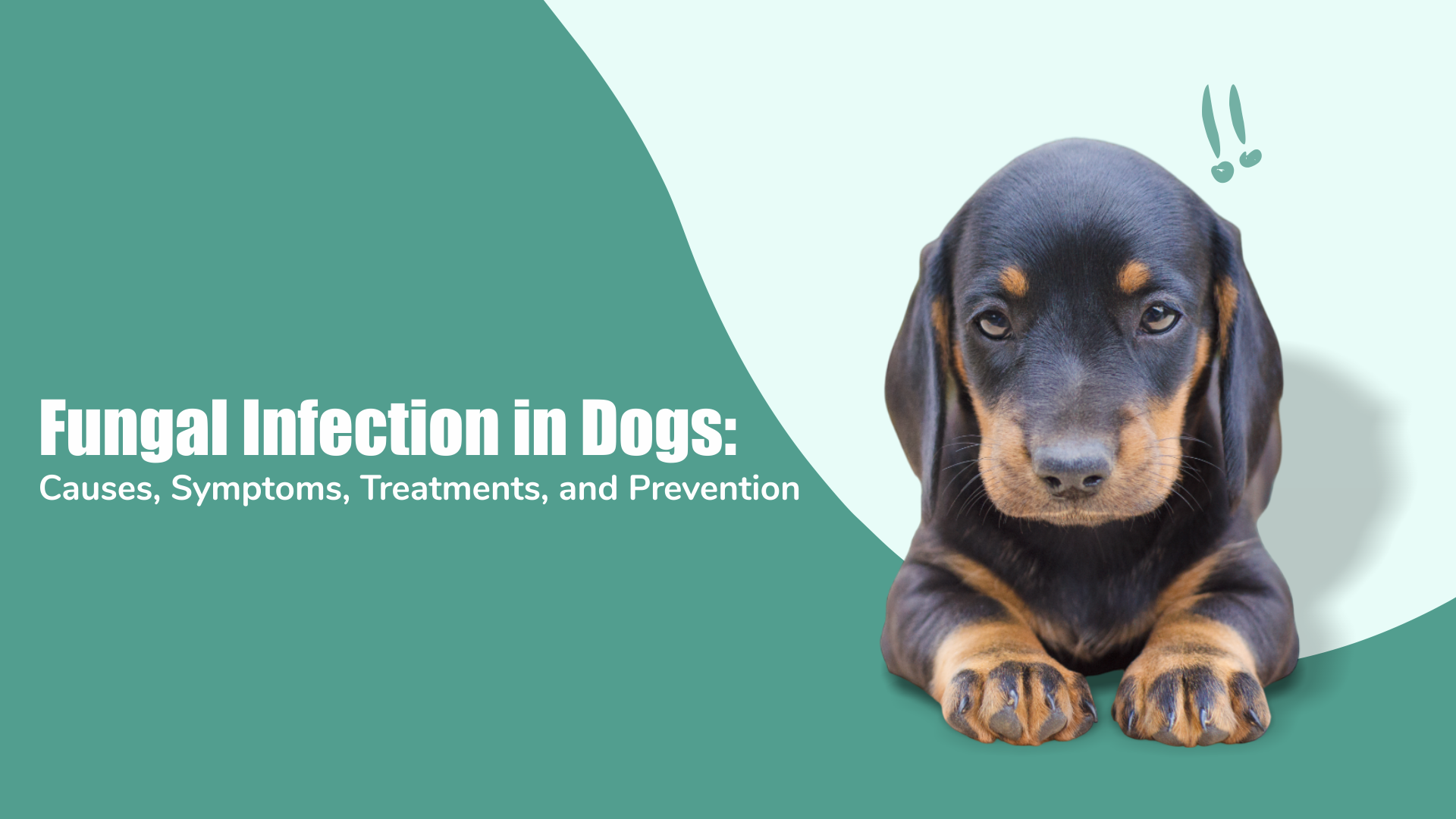
What is a Fungal Infection in Dogs?
Fungal infections affect dogs' skin and internal organs, causing discomfort and health issues. Let’s explore what dog skin diseases are and how they develop.
Understanding Fungal Infections
Seeing your cherished dog suffer with a fungal infection breaks pet parents' hearts. These illnesses can be upsetting not just because they cause physical pain but also because of the emotional toll they take on your pet and you. Knowing the treatment choices, understanding fungal infections, and spotting the early indications will help protect your dog's health and welfare.
Common Types of Fungal Infections
Dogs with fungal infections have dangerous fungus, yeasts, or molds invading their internal systems or skin. Such diseases can show up as more severe systemic problems or a dog skin infection. They belong to a larger class of dog skin disorders that occasionally resemble bacterial skin infections in dogs, hence a correct diagnosis is absolutely necessary.
Causes of Fungal Infections in Dogs
Several factors contribute to fungal infections in dogs, including environment and immunity. Understanding these causes helps in prevention and early treatment.
Environmental Exposure
Dogs more likely to pick up fungus spores are those who live in muddy places or wet, humid surroundings. If not addressed early, this exposure can cause a dog skin infection that would call for particular dog skin infection medication. Monitoring and consistent grooming help to reduce these dangers.
Weakened Immune System
A damaged immune system brought on by disease, stress, age, or other factors makes fungal infections in dogs more likely to seize hold. Particularly sensitive are older canines or those with underlying medical issues. A compromised immune system could also let various skin conditions, like canine bacterial skin infections, coexist.
Poor Hygiene and Allergies
Inadequate hygiene—including sporadic bathing or cleaning of your dog's living quarters—may help fungus on the skin flourish. Allergies could also be involved since they irritate skin and let diseases like a yeast infection in dogs enter the body. Allergy control and consistent cleanliness can help lower infection risk.
Types of Fungal Infections in Dogs
Dogs can suffer from various fungal infections, each with unique symptoms. Let’s take a closer look at the most common types and their effects.
Ringworm (Dermatophytosis)
Common and quite contagious fungal infection affecting nails, hair, and skin is ringworm. Particularly upsetting for pet parents when it causes discomfort and hair loss, it shows up as circular, red areas.
Yeast Infections (Malassezia)
Usually considered as a dog skin fungus, yeast infections are mostly caused by species of Malassezia. Found near the ears, paws, and skin folds, these infections can cause itchy, red, and smelly skin. They are sometimes confused with other dog skin illnesses, thus a precise diagnosis is absolutely important.
Aspergillosis
Less common, aspergillosis affects the respiratory system and occasionally the skin. Dogs living in environments with high fungal spore densities or those with immunocompromise are more susceptible to develop it.
Blastomycosis
Untreated blastomycosis, a systemic fungal infection, can have grave effects. Usually affecting the lungs, it could also affect other areas of the body and calls for strong treatment under close veterinary supervision.
Other Infections
Dogs can also get other less common fungal illnesses; each one requires careful attention. These diseases underline the need of frequent veterinary visits and may call for specialized dog fungal infection therapy.
Symptoms of Fungal Infections in Dogs
Spotting fungal infections early can make treatment easier. Here are the key symptoms to watch for in your furry companion.
Common Symptoms
Typical symptoms include flaking, hair loss, and skin red, itching spots. Sometimes you may observe a dog skin infection that looks to be bacterial in nature. Any changes in your dog's appearance or behavior should be watched since, if handled improperly, these symptoms can get rapidly worse.
Symptoms of Systemic Fungal Infections
Beyond the skin, fungal infections can impact internal organs and cause symptoms including tiredness, fever, and dyspnea. These symptoms point to a systemic infection and call for immediate veterinarian attention.
When to Visit a Vet
See your veterinarian right away if you see odd rashes, ongoing itching, or other symptoms suggesting a fungal infection in dogs. Early intervention helps to avoid problems and guarantees that your pet gets the required dog skin infection treatment or dog fungal infection treatment to fully recover.
Diagnosis of Fungal Infections
Accurate diagnosis is essential for effective treatment. Let’s discuss how veterinarians identify fungal infections in dogs.
Veterinary Examination
Usually the first step is a careful physical examination. To help your veterinarian identify the source, they will search for common indicators of a dog skin infection and may cross them with symptoms of other dog skin disorders.
Blood and Urine Tests
Specific fungus causing the infection can be found with laboratory tests. When your dog exhibits systemic symptoms, these tests are very crucial to make sure the treatment approach is customized to her needs.
Imaging for Internal Infections
Imaging methods including X-rays or ultrasounds could be utilized in situations when the infection is thought to have progressed within. This guides the treatment plan and helps estimate the degree of the infection.
Treatments for Fungal Infections in Dogs
From topical treatments to oral medications, different options exist to combat fungal infections. Let’s explore the best treatment methods.
Topical Treatments
First line of protection is usually topical therapies such as antifungal shampoos and lotions. Sometimes advised as dog skin infection treatment, these products can aid with symptoms and slow down the spread of the disease. For treating isolated areas of infection especially, they are quite helpful.
Oral Antifungal Medications
Oral antifungal drugs are absolutely essential for more severe or systemic infections. Prescribed by your veterinarian depending on the type and degree of the infection, these therapies fight the fungus from inside.
Ear and Paw Treatments
Often attacking the ears and paws, fungal infections cause discomfort and subsequent infections. Medicated drops and wipes are among the specialist therapies that might help your dog be comfortable again and stop more problems.
Natural Remedies and Support
Some pet parents would rather augment traditional therapies with natural medicines. These could include natural ingredient-based topical treatments and dietary supplements. To be sure these choices are safe and successful, though, you should talk about them with your veterinarian.
Prevention of Fungal Infections in Dogs
Preventing fungal infections is easier than treating them. Here’s how you can protect your dog and keep infections at bay.
Maintain Good Hygiene
Frequent grooming and bathing help maintain your dog's skin free from fungal spores. Using an appropriate antifungal shampoo can be a good preventive strategy, especially if your dog is prone to skin concerns.
Keep Living Areas Clean and Dry
Fungi are happiest in damp conditions. Maintaining dry and clean living areas and bedding for your dog will help to drastically lower your chance of infection. In humid climates when fungal development is more common, this is especially crucial.
Strengthen Your Dog’s Immunity
Strong immune systems are produced in part by a balanced diet, consistent exercise, and routine veterinary visits. Dogs' best defense against both bacterial and fungal skin disorders is a strong immune system. Preventing illnesses and preserving a happy, healthy life depend critically on pet parents making sure their dog is generally well.
FAQs
Q.) What are the signs of fungal infections in dogs?
Usually starting as red, itchy spots, fungal infections cause hair loss and flaky skin. If you observe any ongoing changes in your dog's skin, you should consult a veterinarian since occasionally symptoms of a bacterial skin infection can be present.
Q.) Can fungal infections spread from dogs to humans?
Indeed, some fungal infections are zoonotic—that is, they can start in dogs and then go to people. Good hygienic habits, such as washing your hands after pet handling, help stop spread.
Q.) How do I treat a yeast infection in my dog’s ears?
Dogs' treatment for a yeast infection usually consists of specific ear drops or cleansers recommended by their veterinarian. Apart from topical remedies, good general ear hygiene is crucial to stop recurrence.
Q.) Are fungal infections in dogs dangerous?
Although immediate treatment helps many fungal infections to be well treated, certain infections may get severe if they spread systemically. Early identification and appropriate treatment are absolutely vital to prevent problems.
Q.) How can I prevent fungal infections in my dog?
Regular grooming, maintaining a clean and dry living environment for your dog, and making sure your pet has good food and a strong immune system constitute preventative actions. Routine veterinarian visits are important.
Q.) What is the best antifungal shampoo for dogs?
Your veterinarian should advise the finest antifungal shampoo based on the particular situation of your dog. Before recommending a product, they will take into account the degree of the infection and the skin type of your dog.
Do fungal infections in dogs go away on their own?
Usually, fungal infections do not clear without therapy. To guarantee the management of the infection and to avoid consequences, quick veterinary intervention is absolutely necessary.







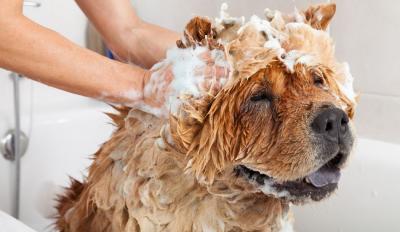





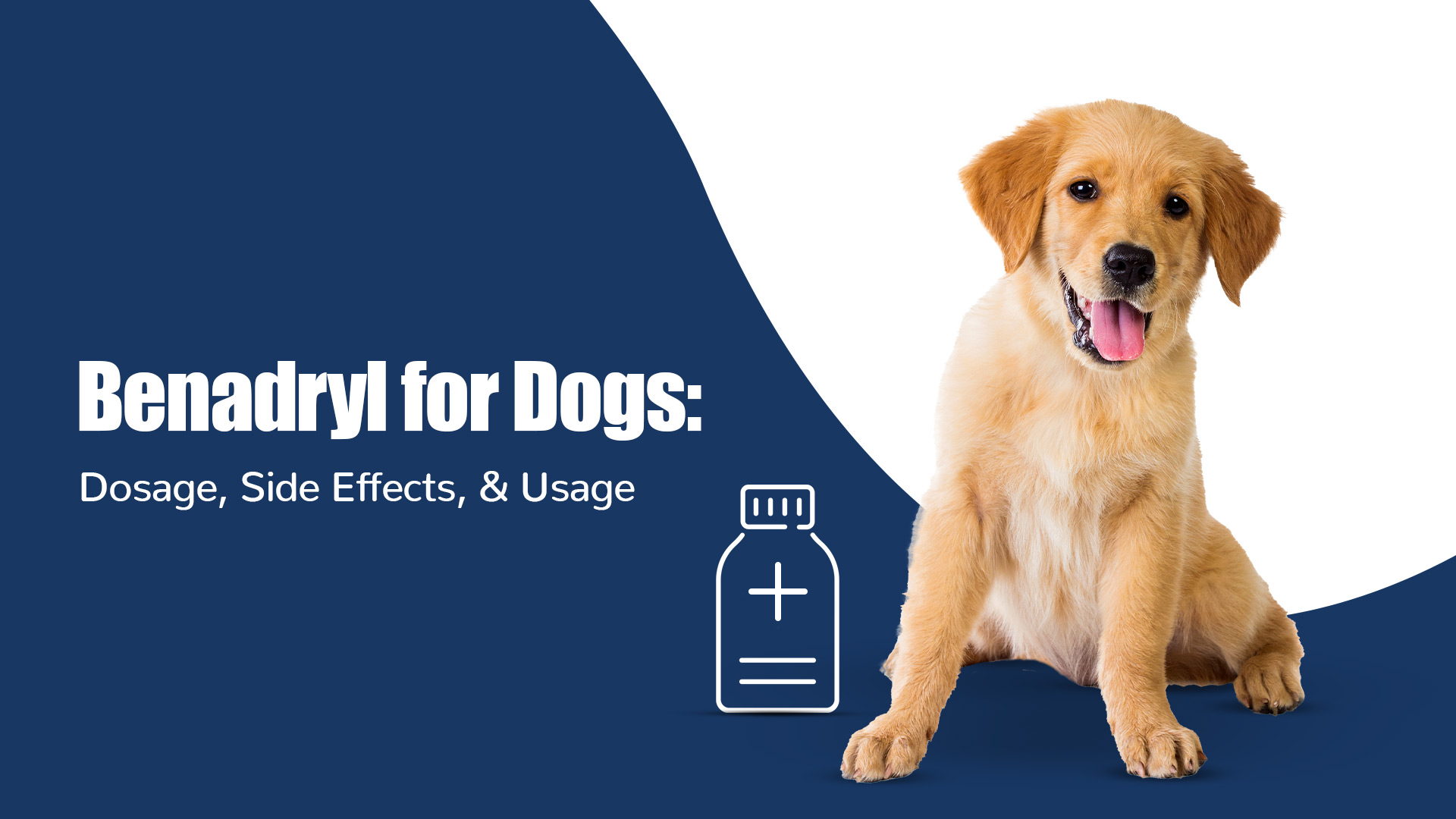
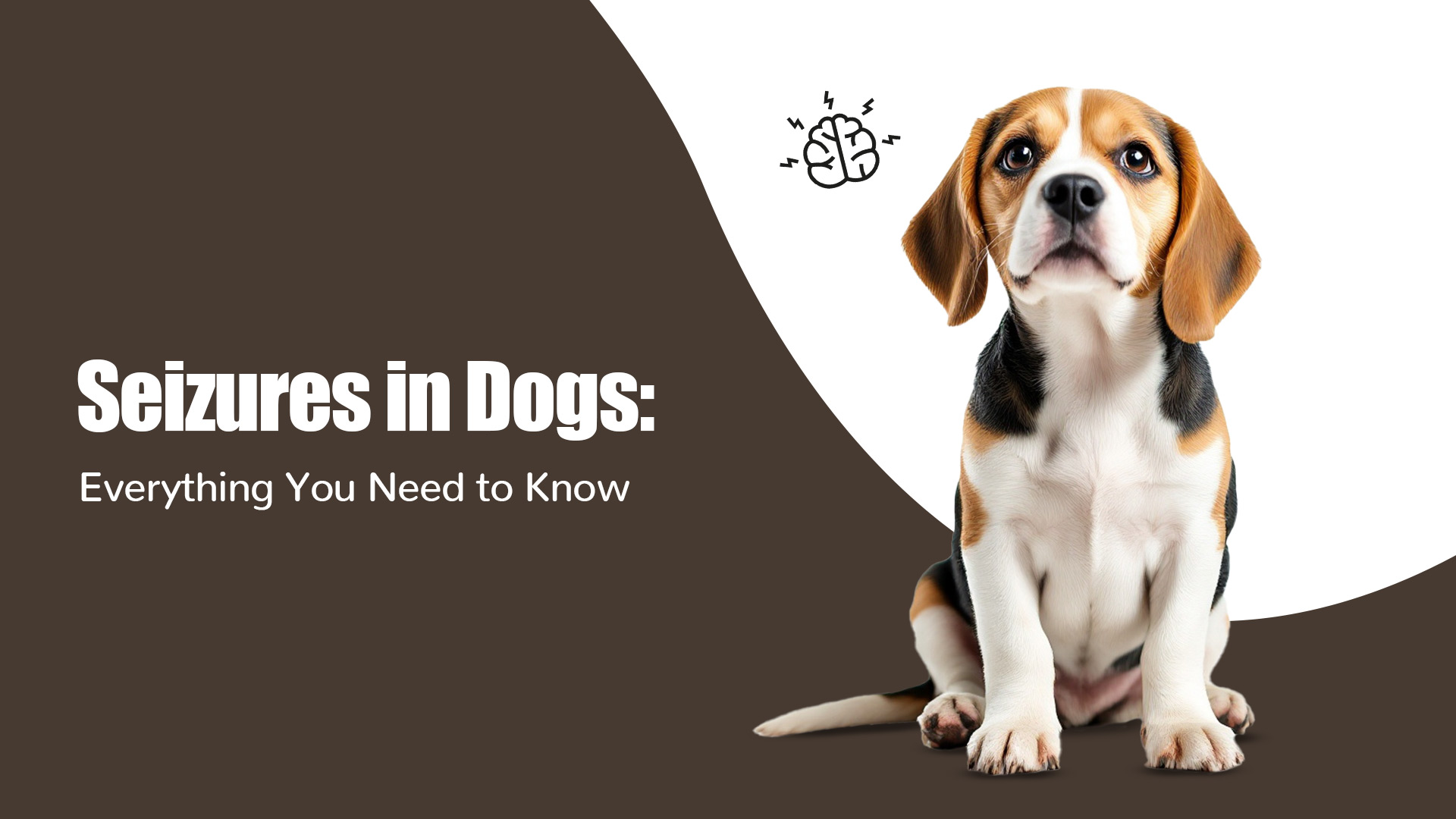


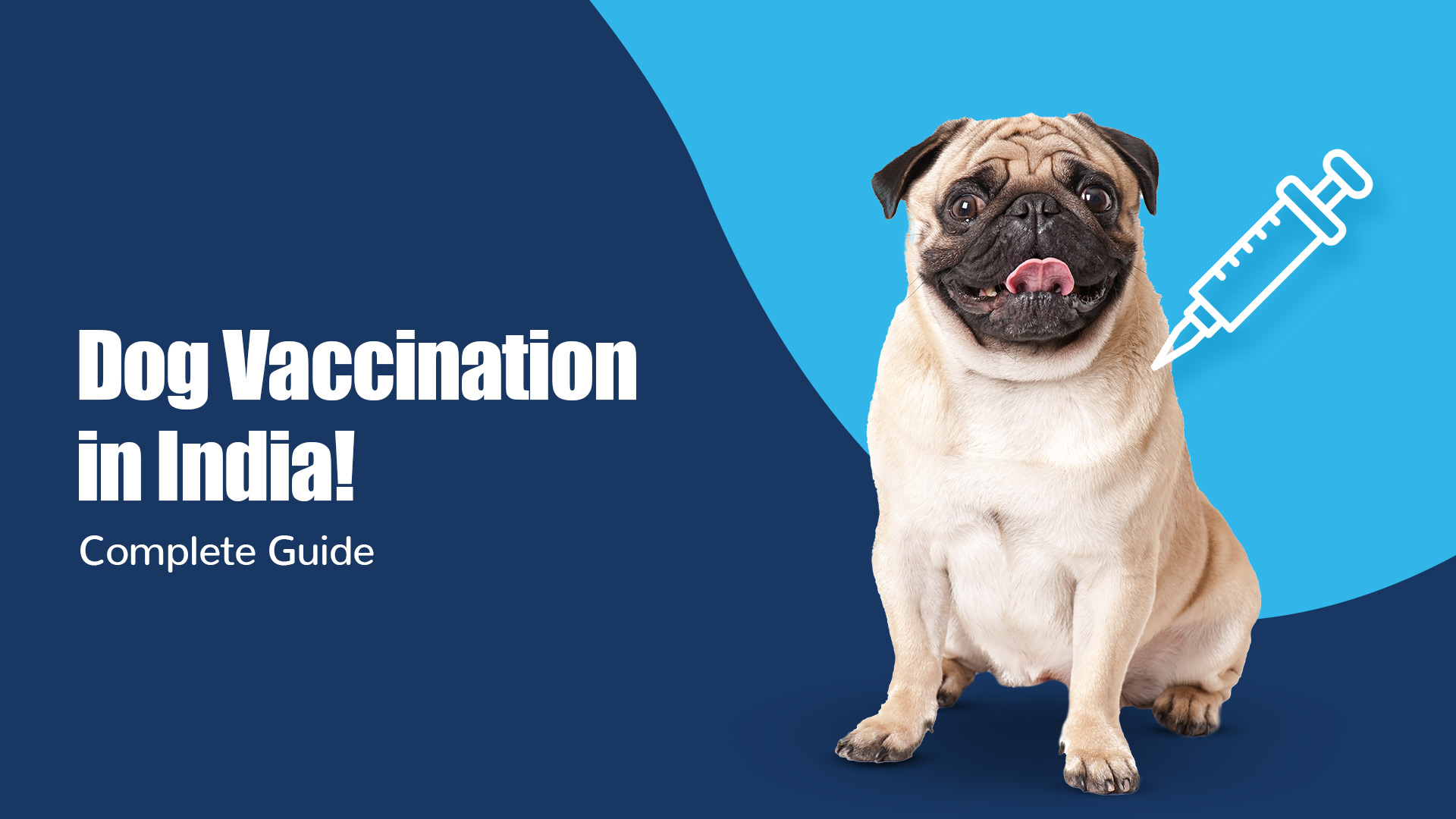





The information below is required for social login
Create New Account